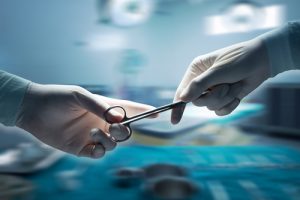Hand Surgery

Board certified plastic surgeon Dr. Bram Kaufman provides hand surgery to patients in Cleveland, Beachwood, Pepper Pike, Lyndhurst, OH, and surrounding locations.
Types of Brachial Plexus Injury
Brachial plexus injuries may arise due to stress, pressure, or excessive stretching. The intensity of the injury will vary based on the amount of force applied to the plexus. Based on the severity of damage, brachial plexus injuries may be of the following types.
Avulsion
This is the most severe form in which the nerve root is completely torn from the spinal cord. Repair may not be possible through surgery.
Neuropraxia
This is the least severe form where the nerve is only slightly stretched. Healing may occur spontaneously or through simple, non-surgical interventions.
Rupture
In this, the nerve is stretched with greater force, causing it to fully or partially tear. Surgery can help in repairing such injury.
Neuroma
The stretched nerve repairs itself, resulting in the formation of scar tissue.
Surgical Procedures for Nerve Injuries
Nerve injury may require surgical treatment and the procedure to be used will depend on the nature of the injury and the time that has elapsed after the injury.
Most procedures involve making an incision in the neck region, above the collarbone. For extensive injuries, another incision may be necessary at the front of the shoulder. Using high power microscopes and specialized miniature instruments, surgeons seek to reconnect or repair the injured nerves.
The most common procedures performed include the following:
Nerve Repair
This involves joining together the two edges of the severed nerve and is generally used immediately after a nerve has been sharply cut as in a knife wound.
Nerve Graft
In this procedure, the surgeon takes a healthy nerve from another part of the body and sews it between the two ends of a severed nerve. The transplanted nerve supports the damaged ends which later regenerate and join together. A nerve graft is possible only when the nerve stump at the spinal cord is capable of conducting nerve signals.
Nerve Transfer
In injuries where no functional nerve stumps exist to connect a nerve graft, the surgeon performs a nerve transfer. This involves cutting a healthy donor nerve from elsewhere in the body and re-connecting it to the injured nerve. This re-connection may be done closer to the muscle that has been paralyzed or to the injured nerve within the brachial plexus.
Tendon and Muscle Transfers
In patients who consult the doctor more than a year after the injury, surgery for nerve reconstruction does not yield remarkable outcomes. In these types of cases, the doctor will recommend a tendon or muscle transfer to help restore a particular function or movement.
Plastic surgeon Dr. Bram Kaufman receives patients from Cleveland, Beachwood, Pepper Pike, Lyndhurst, OH, and nearby areas for hand surgery.
Contact Us To Schedule a Consultation with Cleveland Plastic Surgeon, Dr. Bram Kaufman
To learn more about cosmetic treatment and procedures or to schedule a consultation by Cleveland Ohio area plastic surgeon, Dr. Bram Kaufman, please contact us at 1-216-778-2245 or click here.
Now taking new patients in Cleveland OH | Pepper Pike | Beachwood | Lyndhurst and other surrounding areas.
